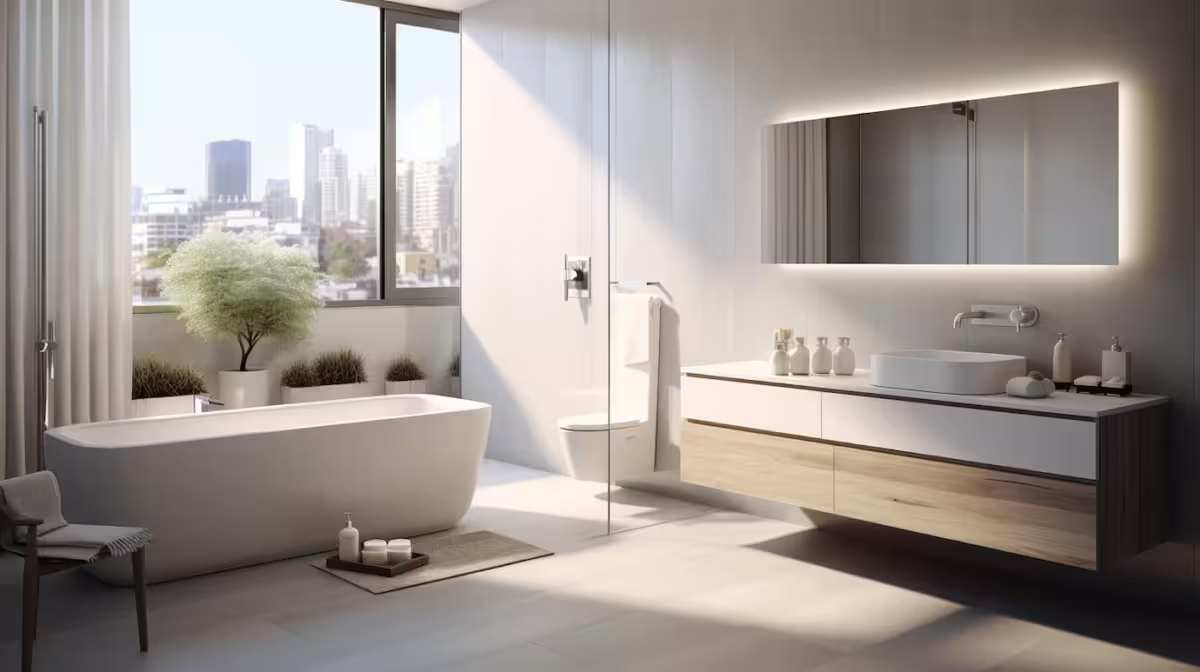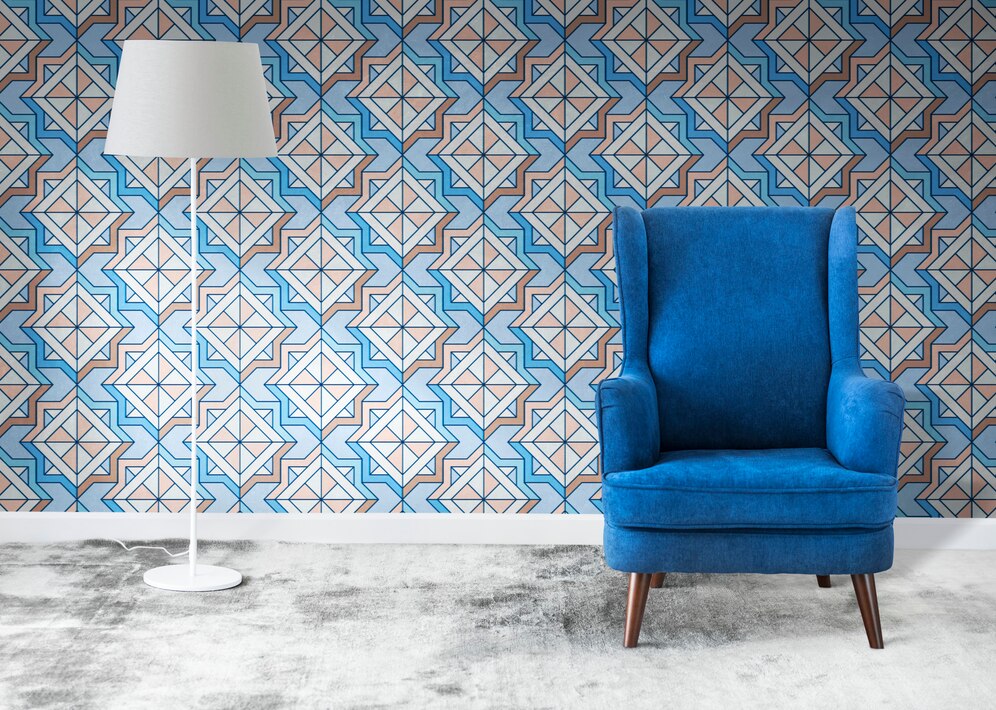Choosing the best color to paint a house in Oxnard, California, involves considering several factors such as the local climate, neighborhood aesthetic, and personal preferences. Here are some color suggestions and considerations to help you make an informed decision:
Climate Considerations
Oxnard enjoys a Mediterranean climate with mild, wet winters and warm, dry summers. This climate can affect how certain colors look and hold up over time.
- Light Colors: Light colors such as white, beige, or light gray reflect sunlight, helping to keep the house cooler during warm summers. They also give a clean, classic look that works well in sunlit environments.
- Earth Tones: Colors like tan, sage green, and terracotta blend well with the natural landscape and are less likely to show dirt or dust, which can be beneficial in an area with dry, windy conditions.
Neighborhood Aesthetic
Consider the overall aesthetic of your neighborhood. While you want your house to stand out, it’s also important that it complements the surrounding homes.
- Neutral Shades: Shades of gray, beige, and taupe are versatile and tend to blend well with most neighborhood styles, from modern to traditional.
- Coastal Colors: Given Oxnard’s coastal proximity, colors inspired by the sea like soft blues, sandy tans, and seafoam greens can create a serene and harmonious look.
Popular Color Trends
- Greige (Gray + Beige): This color combines the warmth of beige with the sophistication of gray, offering a versatile and modern look that is very popular in recent years.
- Classic White: Timeless and elegant, white can make a house look larger and more inviting. It also pairs well with any trim color.
- Soft Blues and Greens: These colors are soothing and can give your home a fresh, airy feel, reminiscent of the nearby ocean.
Personal Preferences
Ultimately, your personal taste should guide your choice. Consider how different colors make you feel and what kind of ambiance you want your home to convey.
- Warm Colors: If you prefer a welcoming and cozy feel, warm colors like terracotta, warm beige, or soft yellows can create a cheerful and inviting atmosphere.
- Cool Colors: For a more modern and calming effect, cool colors like light gray, pale blue, or mint green can be very effective.
Accent and Trim Colors
Don’t forget to choose complementary colors for trim, doors, and other architectural features. Popular options include:
- Crisp White Trim: Pairs well with almost any main color and gives a fresh, clean look.
- Contrasting Colors: Darker trims like charcoal gray or navy blue can create a striking contrast with lighter main colors.
- Natural Wood: For a more rustic or traditional look, natural wood tones can add warmth and character.
Final Tips
- Test Samples: Paint small sections of your exterior with a few different color options to see how they look in different lighting conditions throughout the day.
- Consider Resale Value: If you plan to sell your home in the future, opt for colors with broad appeal to potential buyers.
- Consult a Professional: If you’re unsure, a professional color consultant or painter can offer valuable advice based on their experience and expertise.
By considering these factors, you can choose the best color to paint your house in Oxnard, ensuring it looks beautiful and remains practical for years to come.










